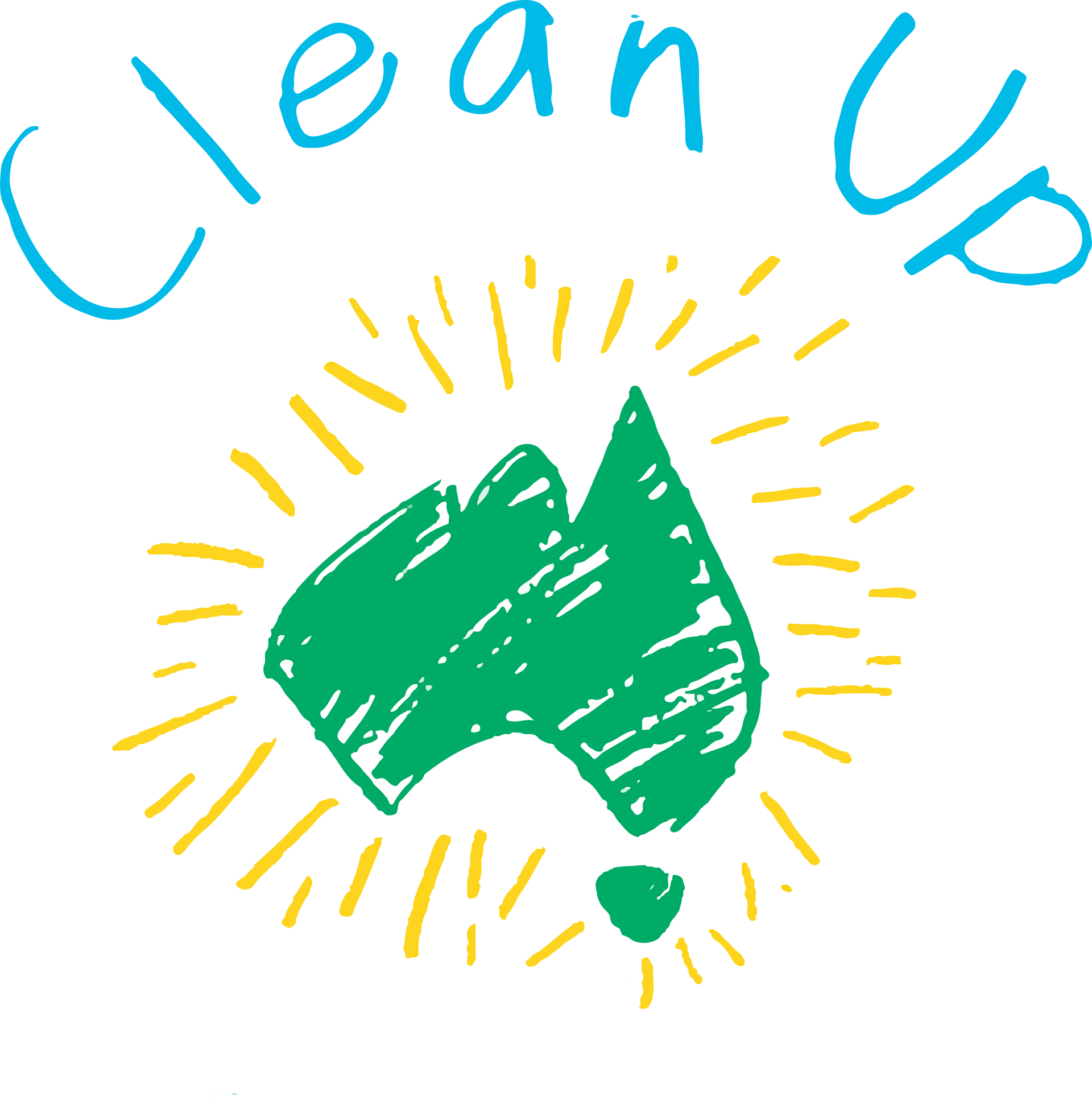Reforms needed to support the #righttorepair in Australia: we must act
A group of Australia’s most proactive organisations working on waste prevention, circular solutions and associated research have joined forces to call for essential reforms to support the repair of products, machines and equipment ahead of the Australian Repair Summit.

Clean Up Australia has joined with Griffith University, E-waste Watch Institute, Boomerang Alliance and the Australian Repair Network to call for stronger policies around repair which will assist in the war on waste and enabling a circular economy.
The Productivity Commission presented a comprehensive report two years ago following extensive public input, emphasising the importance of giving independent repairers ‘greater access to repair supplies, fostering competition for repair services, without compromising safety or discouraging innovation.’
The Australian Government has yet to respond to any of the recommendations in the Productivity Commission’s report. But the group says prompt action is necessary, and with the current cost of living challenges, it’s an ideal time to make strides in this area with the opportunity of positive outcomes for the environment and cost savings for Australians.
ARC Future Fellow and Law Futures member at Griffith University, Professor Leanne Wiseman, said: “It is disappointing to see the Australian Government lose focus on the important role repair can play in reducing our waste as we transition to a circular economy. With all of the hard work done by the Productivity Commission and the ACCC in 2021, Australia was in a strong position to be one of the leaders in the international Right to Repair movement.”
Pip Kiernan, Chair of Clean Up Australia said as Australia grapples with its waste challenges, it’s vital that we remove barriers to repairing our products, machines and equipment. “We must reduce our waste; we can’t just recycle it,” she said.
Ewaste Watch Institute co-founder and Adjunct Professor at the UTS Institute for Sustainable Futures, John Gertsakis said: “Australia is strongly placed to elevate the role of repair when it comes to national policies and programs, especially whilst many other countries are working to recognise product durability and repairability as the first responders in the war on waste and over-consumption.”
Mr Gertsakis and Ms Kiernan believe Australians are ready for a repairability ‘star rating’ label. Ms Kiernan said, “In the same way that the Energy Rating Label helps us understand the energy use and running costs of common household appliance appliances, a Repairability Star Rating would provide information about a product's repairability and/or durability.”
“Informative product labelling at the time of purchase can empower consumers whilst also driving improved design for repairability outcomes by brands and manufacturers,” Mr Gertsakis said.
The 2023 Australian Repair Summit will bring together industry experts, environmental and sustainability advocates, policymakers, and concerned citizens. The free event is open to all in attendance at the National Library in Canberra or online on August 11.
Director of the Boomerang Alliance, Jeff Angel said Australia needs to reduce its waste and plastic footprint and reuse and repair are essential to this task. “Governments need to make it easier for people to do this,” he said. “Yes, it will involve changes to consumer behaviour, marketing and business practices but the circular economy benefits are significant generating environmental and resource savings and new businesses and jobs.”
In July 2021, Australia passed its initial right to repair laws in the Australian automotive aftermarket, focused on a data-sharing scheme for independent mechanics, but limited to one sector only.
ARC Future Fellow and Law Futures member at Griffith University, Professor Leanne Wiseman, has recently returned from a research trip across Europe, where ‘right to repair’ policies and laws are being developed and implemented, highlighting the important role durability, repair and reuse contribute to strong environmental policy.
“Many countries and jurisdictions have already introduced laws encouraging, incentivising and enshrining the right to repair the things we own,” Professor Wiseman said.
Professor Wiseman’s research confirms other nations are making strides in the ‘right to repair’ movement, including:
· France: introduced the French Repairability Index which provides a repair rating for products at the point of sale. This has proven to be very successful showing it incentivises manufacturers to consider how their products may be disassembled and repaired and how available their spare parts are but also assists consumers to make better choices about more durable products.
· Austria: launched a nation-wide repair bonus scheme which enables consumers to claim back half the cost of the repair of an old electrical device. “This also means cheaper repairs, less e-waste and a boost for local repair businesses.”
· The United States: More than 26 states have proposed Right to Repair laws, some having passed Right to Repair laws that support the repair of iPhones to tractors and cars to wheelchairs. “At the start of this year, New York passed the Digital Fair Repair Act that makes it easier for consumers to repair electronic devices, such as laptops and smartphones, thereby saving money and reducing harmful e-waste.”
· Canada: Investigating how to reform its Copyright Act to introduce a consumer’s right to repair electronics, home appliances and farming equipment.
Comparatively, experts are interrogating current policy in Australia that sees the nation dragging its heels in the ‘right to repair’ movement.
Repair Cafes, with more than 140 locations including Griffith University campuses, have gained popularity for their role in reducing waste and strengthening communities by providing a venue for the sharing of important repair skills.
By Nicki Martin
About France's Repairability Index

On January 1, 2021, France introduced a new Repairability Index for five categories of electronic devices, including smartphones and laptops. The aim of this new Repairability Index is to inform customers about available repair options for a product prior to purchase.
The Repairability Index is a score ranging from 0 to 10/10, calculated based on five criteria:
- Documentation: A score determined by the manufacturer’s commitment to make technical documents available free of charge, in number of years, to repairers and consumers.
- Disassembly, tools, and fasteners: A score determined by how easy it is to disassemble the product, the type of tools needed, and the characteristics of the fasteners.
- Availability of spare parts: A score determined by the length of time the manufacturer commits to makes spare parts available for the product and the time it takes to deliver them.
- Price of spare parts: A score determined by the ratio of the sale price of spare parts to the price of the product.
- Product specific: A score determined by sub-criteria specific to the product category concerned, which may include availability of remote support, software updates, and resets.
Search for other blog topics:


